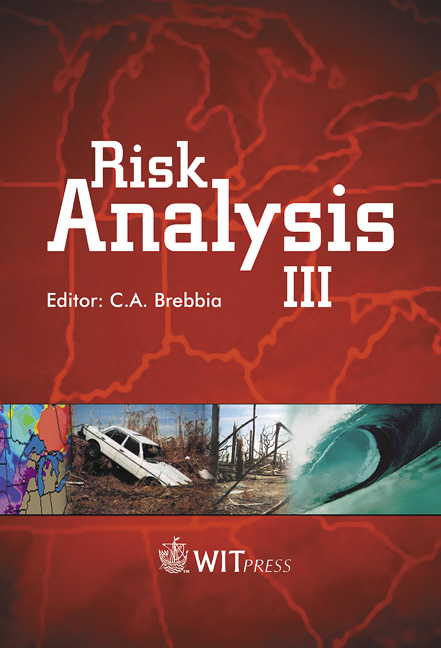Ground Motion And Site Studies In The Eastern Part Of Egypt
Price
Free (open access)
Transaction
Volume
31
Pages
Published
2002
Size
431 kb
Paper DOI
10.2495/RISK020611
Copyright
WIT Press
Author(s)
A. Tealeb, M. Sobaih, A. Mohamed & K. Abdel-Rahman
Abstract
For design of earthquake resistant structures, the parameters of primary importance are the peak values of acceleration, velocity and displacement, the ' frequency spectra of recorded acceleration and velocity, the duration of strong ground motions and the dependence of all these parameters on the respective soil conditions. Another important item is the attenuation of the acceleration and velocity with distance. It is of extraordinary practical importance, where the variety of observed peak values with distance is very large. Since 1995, digital accelerographs have been installed in selected sites of the eastern part of Egypt covering highly populated, touristic and strategic communities. This network has recorded a few aftershocks of Nov. 22, 1995 earthquake (with Mb= 6.9) that was accompanied by a pronounced damage and strongly felt throughout the area of interest especially Dahab and Neweiba cities along the Gulf of Aqaba coast. Another moderate earthquake (March 8, 2000 with mb= 4.9) was strongly felt and had a considerable damage. Other small earthquakes were also recorded. Analysis of the data has permitted a significant advance in understanding the source characteristics, wave propagation, attenuation and site effects. The observed strong motion data show a great variation if typified according to intensity, magnitude, distance and type of soil. 1 Introduction Estimation of strong ground motion is one of the most important considerations in seismic risk evaluation for the design of critical facilities. This is should be paid to show the relationship between the earthquake magnitude or intensity,
Keywords





